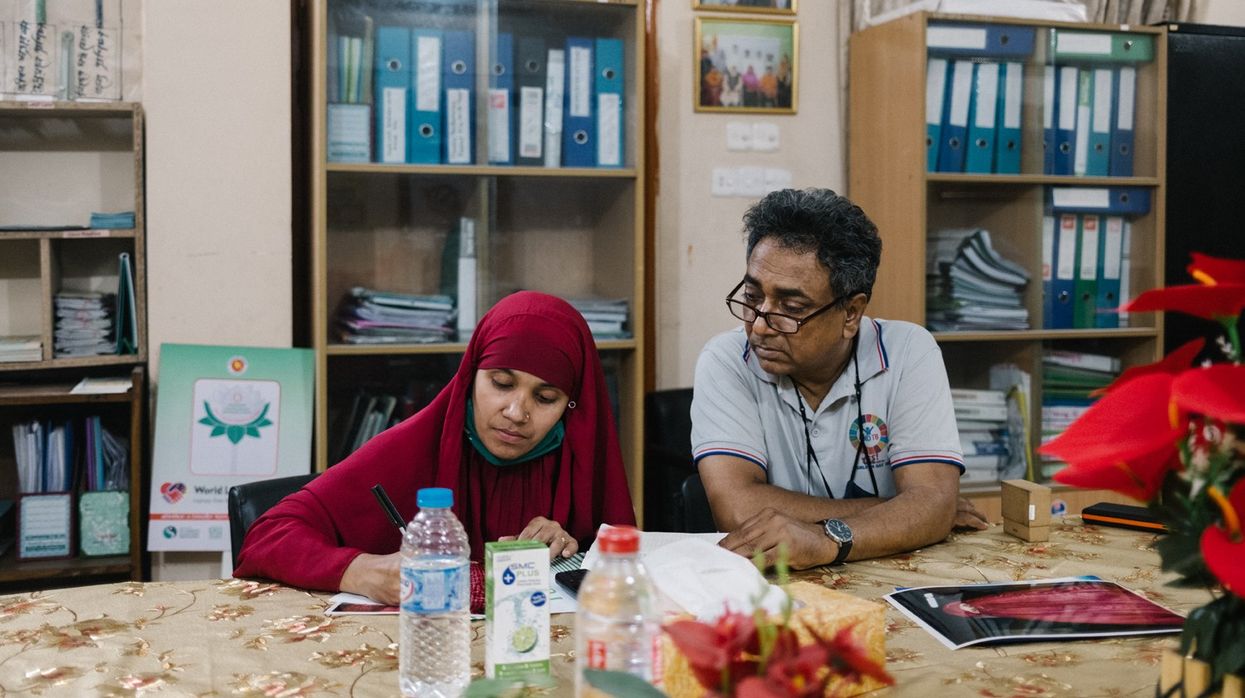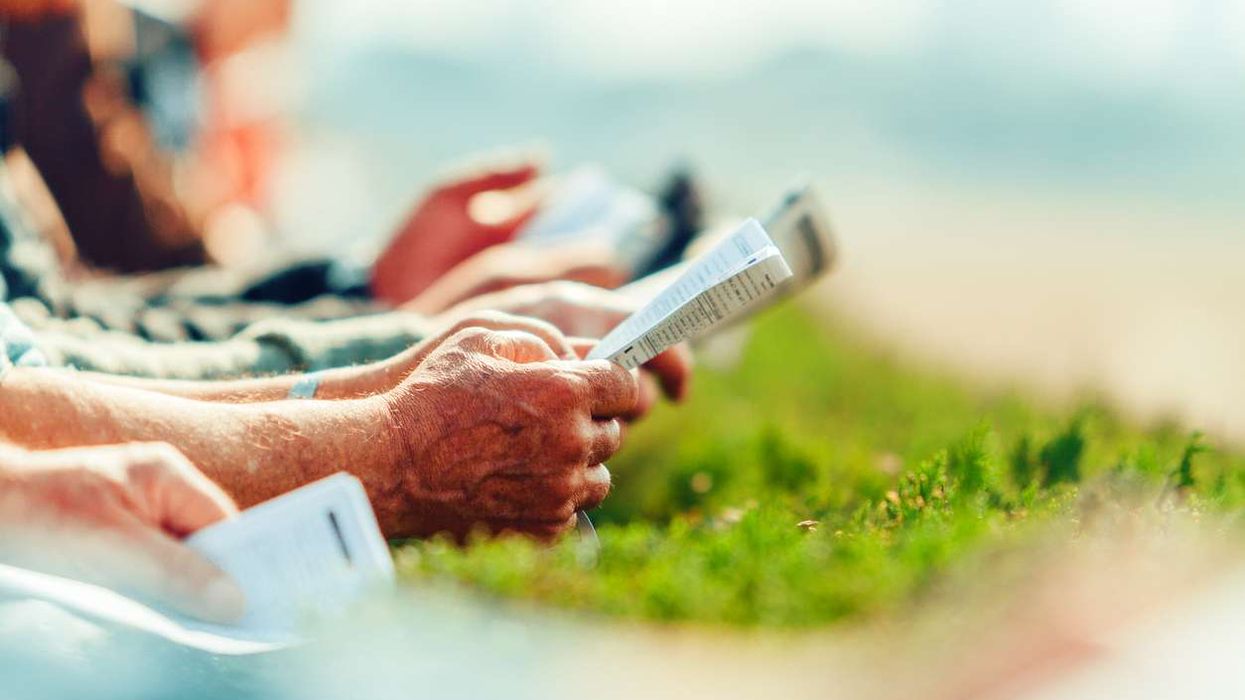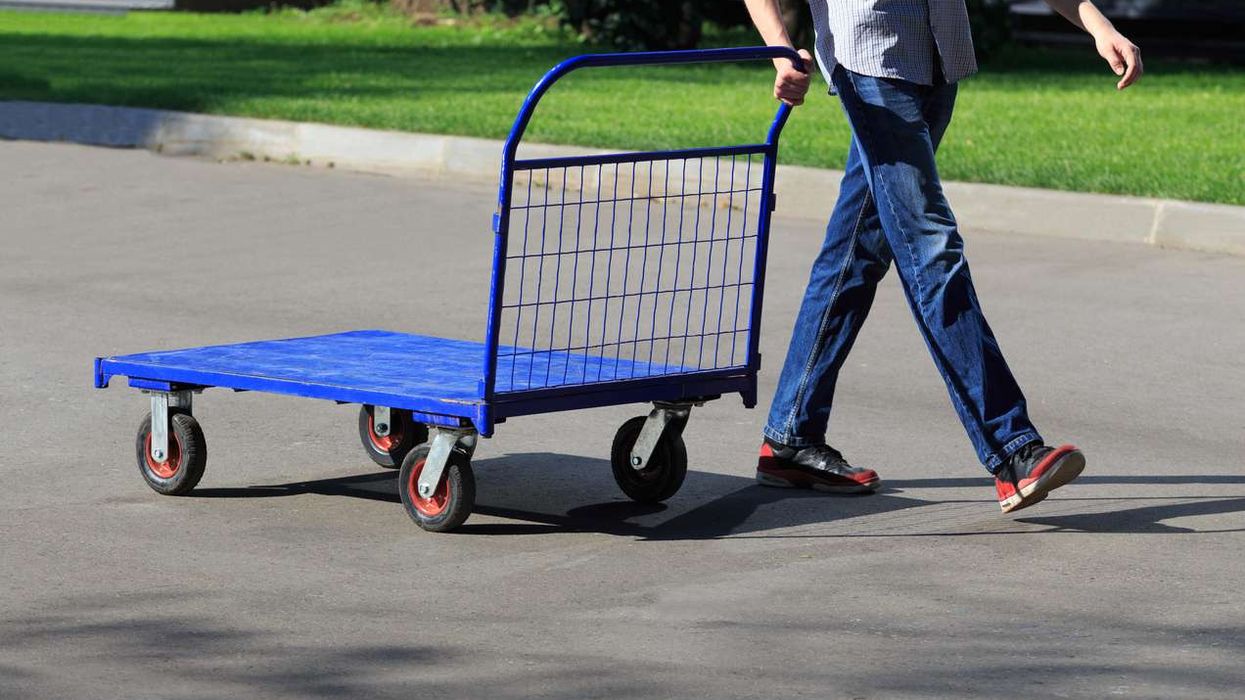FROM her recovery from leprosy to inspiring communities, Taslima now leads an influential ‘federation’ of people affected by leprosy – a community-led, grassroots initiative that provides an innovative approach to healthcare and advocacy for some of the most vulnerable people in Bangladesh.
In 2017, 20-year-old Taslima noticed a loss of sensation in her left little toe. For the previous five years, she had been a community volunteer supporting people with leprosy and immediately recognised it as one of the symptoms.
Her diagnosis was confirmed by the local health complex, where she was given a six-month course of multidrug therapy (MDT). Fearing rejection from the local community, Taslima took the medicine in secret. When family members discovered her diagnosis, she was grateful that they were supportive. Since completing treatment, Taslima has had no further complications.
“I am pleased that I noticed my symptoms early and took the necessary treatment,” she said.
Sharing knowledge and experience
After her diagnosis, Taslima joined a local Self-Support Group (SSG), where she met other people affected who shared their stories of recovery from the physical, social, emotional, and financial impact of leprosy. Inspired by the support she received, Taslima received training to become a Community Champion and actively educated people on the symptoms of leprosy, helping to detect cases early, encourage treatment, and ultimately prevent long-lasting disabilities.
“When I referred people to the health centre and they were officially diagnosed, that was a precious moment for me.”
SSGs have become a lifeline for people affected by leprosy. These groups are more than just a platform for support – they inspire leadership, foster collective action, and create spaces where individuals can advocate for their rights, share their experiences, and learn life-changing self-care practices. By supporting participants to reclaim their lives, SSGs have sparked a wave of hope and resilience.
Fostering good mental health
Two years after her recovery, Taslima married. Her husband is aware of her previous diagnosis and supportive of her work. The couple have a two-year-old daughter.
As her skills developed, Taslima adopted the role of a Mental Motivator, providing support to those whose emotional well-being was impacted by their diagnosis.
“Life is worthless without good mental health.”
Taslima went on to become a secretary of an SSG and later assisted in the formation of the Bogura Federation. The grassroots organisation brings together around 100 SSGs, which help community members overcome the physical, emotional, social, and financial impact of leprosy.
Journey to leadership
Now aged 27, Taslima was last year honoured to be appointed the first female leader of the Bogura Federation. Since taking on the role, she has been working to establish federation committees in the region’s 12 subdistricts.
“After forming these committees, we will revitalise SSGs that have become inactive due to the COVID-19 pandemic… and strive to connect members to the relevant support.”
Taslima explains that capacitybuilding is at the core of the SSGs’ aims, with the need to promote sustainability: “Assessing individual strengths and abilities is the first step, allowing us to tailor training to members’ skills. Linking women with job opportunities is crucial. Some women can do embroidery, make bags, and create handicrafts, which can be sold for income. This empowers them and helps to support their families.
I would like to organise an exhibition or showroom where our members can display and sell their products. Many have special skills but don’t know how to monetise their handcrafted items.
Additionally, we are encouraging members to utilise abandoned land for farming. Those interested in agriculture can grow vegetables or cultivate fish in ponds, generating income.”
By monitoring available government schemes, Taslima says the federation can link its members to relevant opportunities.
“We frequently engage with government officials to explore how we can access these resources. However, there are barriers, such as age limits for certain benefits. For example, sewing machines are often provided to women along with dressmaking training, but many of our members are over 35 years old, while the training is only available for those aged 18 to 35. Understanding and addressing these barriers is crucial.”
Taslima reflects on how her new position has made an impact personally and on the wider community: “If I hadn’t taken on this leadership role, I would have never realised my inner potential or my level of self-confidence to do something impactful. Understanding the needs of those affected, standing by them in times of need, and advocating for their rights are all parts of this leadership journey. I feel proud to represent them.”
In December 2024, Taslima was proud to represent people affected by leprosy at a joint meeting of the National Leprosy Programme and the Leprosy and Tuberculosis Control Centre.
The Bogura Federation serves as a shining beacon of hope for many of the district’s most vulnerable people. As a model of best practice, the Lepra-supported initiative is helping other endemic districts develop their own federations and SSGs, enabling countless more people to access early diagnosis, MDT medication, and gain the support needed to overcome the impact of this highly stigmatised disease.
How you can help?
With your donation, we can support people like Taslima on their journey to leadership, providing hope and resilience to communities affected by leprosy and LF. Lepra uses your donations effectively and responsibly to fund work that delivers the maximum positive impact, helping those affected by leprosy and lymphatic filariasis rebuild their lives with dignity.

















